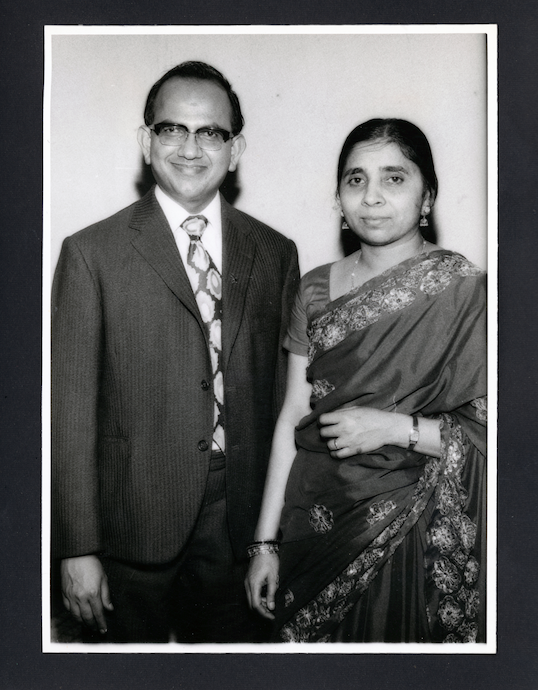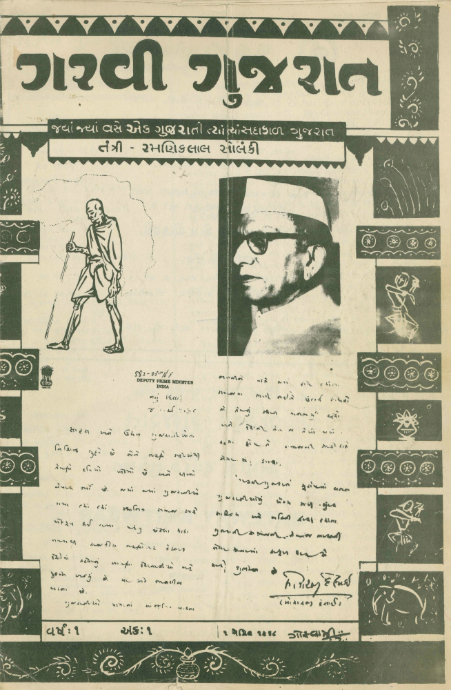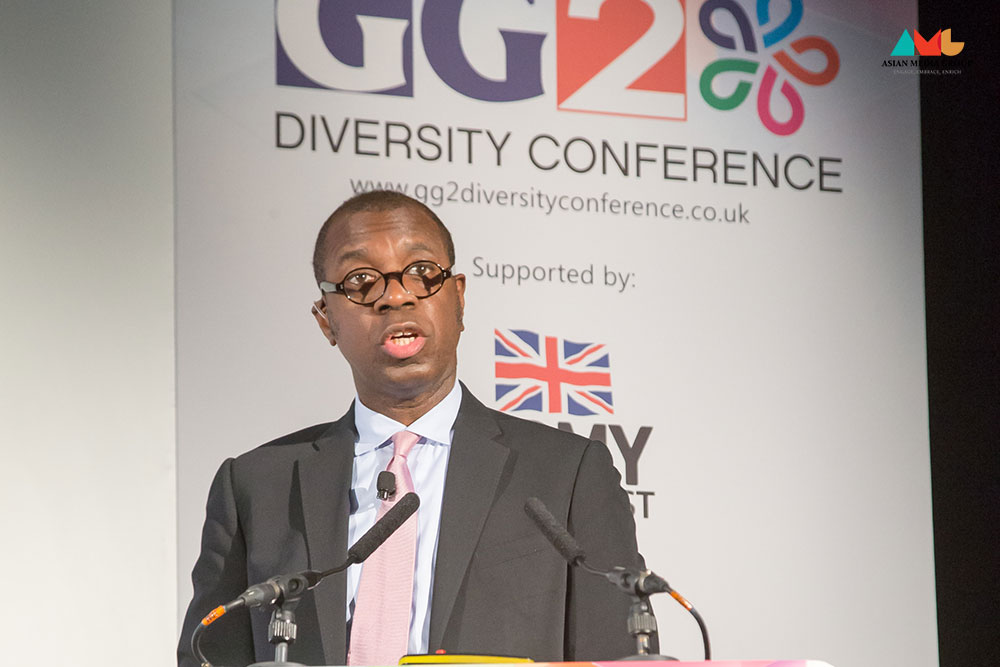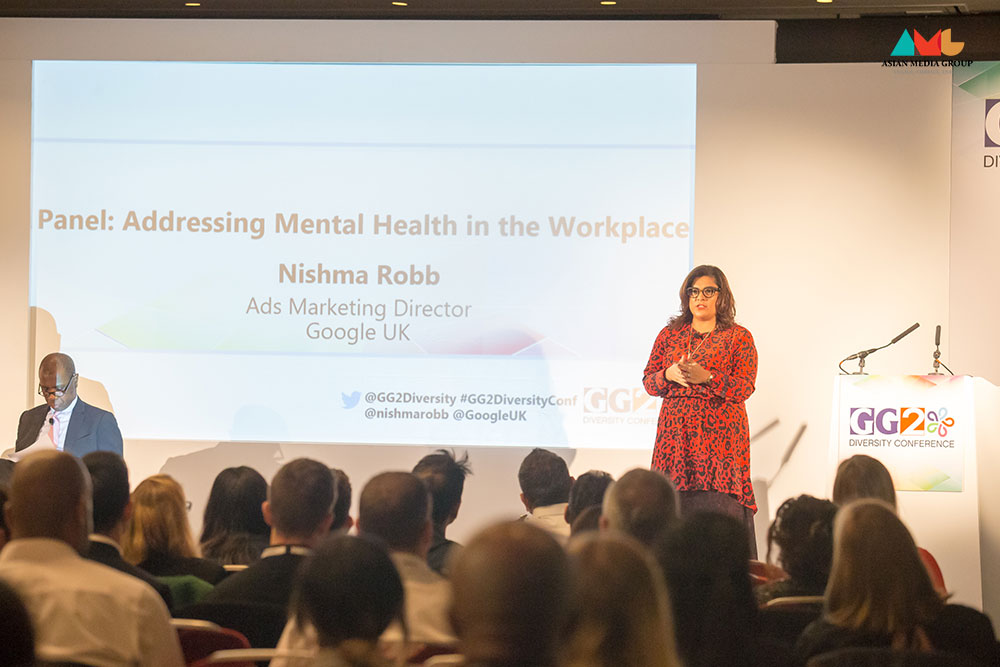We first met Asian Media Group at a FIPP event in November 2018, where we heard about their work with BAME journalists, their Leadership Awards and their impressive promotion of diversity through their annual Diversity Conference. Here, Special Projects Manager Poulomi Solanki talks about their continued work to strive for gender and ethnic diversity.
Diversity is an engine. It fuels innovation, creativity and, ultimately, business success.

The business case for championing diversity and inclusion has been clearly established and quantified, backed by scientific research. Companies in the top quartile for both gender and ethnic diversity are significantly more likely to have above-average profitability compared to those in the bottom quartile. Gender-diverse companies outperform profitability by 21%, while ethnic-diverse companies outperform by 33%, according to a recent study by McKinsey & Company. Prioritising diversity and inclusion can bring with it a myriad of tangible benefits for an organisation, from boosting productivity to better serving one’s customers, and, ultimately, improving an organisation’s bottom line.
Diversity, in short, is essential to the functioning of our society. And in a time of rapid flux within the media and publishing industries, driven by technological disruption, it is more important than ever for these industries to truly reflect the societies they serve.
Roots
Fifty-one years ago, in incredibly humble circumstances, our flagship title, Garavi Gujarat, was launched from a small terraced house in Wembley, taking shape as a handwritten, cyclo-styled newssheet. Four years earlier, in 1964, the paper’s founder, Mr Ramniklal Solanki, arrived alone in Britain with virtually nothing from a small town in Gujarat, India. He worked multiple jobs in London to get by, while keeping his journalistic passion alive working as a foreign correspondent for a group of Indian newspapers.

Ramniklal Solanki and his wife, Parvatiben, had a vision: to serve the growing Asian community through a Gujarati newspaper that would unite and integrate, keeping alive the Gujarati language for future generations to come and uphold India’s rich cultural heritage.
With no capital nor technology at the time to produce such a paper, Mr Solanki collected advance subscriptions to fund his new journalistic enterprise. He travelled across Britain, from town to city, knocking on doors and selling subscriptions.
In 1972, Idi Amin suddenly expelled Uganda’s 70,000-strong, largely Gujarat-speaking, Asian community. Over 30,000 Asians, with British passports, flocked to the UK, arriving nearly penniless, having received no compensation for their businesses and property. They entered a climate that largely resisted their arrival. Leicester Council, where many would settle, campaigned against their settlement in the city through newspaper advertisements. Conservative MP Ronald Bell, speaking on behalf of an Immigration Committee, stated that Ugandan Asians had “no connection with Britain, either by blood or residence”. Only 4 years earlier, Enoch Powell delivered his infamous ‘Rivers of Blood’ speech, attacking the legal right of Commonwealth citizens to settle in Britain, backing the repatriation of immigrants who risked eroding Britain’s national culture.

It was in this somewhat hostile environment that Garavi Gujarat, or Pride of Gujarat, was launched. The fledgling newspaper acted as a powerful and urgent voice for this growing community, fighting injustice, racism and social inequality. Mr. Solanki unrelentingly reported on topics from crime and discrimination to community concerns and triumphs and political and social issues. Through his passionate, thought-provoking columns and fearless, campaigning journalism, Garavi Gujarat quickly gained a loyal following.
What began as a humble handwritten newsweekly, funded purely by the support of its readers, became the biggest-selling Gujarati publication outside of India and the flagship title of media group dedicated to serving the Asian community across the globe.
Since then, Asian Media Group has continued to grow, serving expanding sectors, celebrating the success of ethnic minority communities and providing a platform for their voices to be heard through publications, award ceremonies, conferences and roundtable discussions.
Today AMG is the country’s biggest Asian publishing house with a stable of market-leading consumer and business titles serving the South Asian community in both the UK and USA. Our media assets reach over 6 million readers each month and our cutting-edge evets are attended by some of the country’s most influential and enterprising leaders.
The Industry Today
In recent years, the media and publishing industries have taken steps to better reflect the society they serve and promote equal, inclusive cultures. We have seen growth in initiatives such as mentoring schemes and traineeships to attract BAME candidates and those from less privileged backgrounds. Publishers have launched programs to support aspiring writers from ethnic-minority and socially-excluded backgrounds, connecting them to editors and agents.

Across the globe, we see more women and people of colour as editors of long-standing publications. In late 2017, Edward Enninful became British Vogue’s first black editor in its 102-year history, determined to institute a New Vogue, one that celebrated Britain’s rich diverse, cultural tapestry and that remained underpinned by British values. Its first edition saw Adwoa Aboah grace its cover and featured compelling content to uniquely showcase its evolving purpose, such as a piece by author Zadie Smith on the Queen and another by author Salman Rushdie reflecting upon his family traditions at Christmas.
Often backed by crowdfunding, we have seen digital publications emerge run by people of colour and a breadth of books delving into the modern second- or third-generation immigrant experience, sharing vital, untold stories. Nikesh Shukla’s The Good Immigrant, exploring “what it means to be Black, Asian and Minority Ethnic in Britain today” through 15 BAME writers, was funded through a publishing crowdfunder, and recently published a new edition shedding light on the immigrant experience in the US.
There is still much to be done. Despite some positive steps, there are still very few minorities and people of colour within the publishing industry. Writers and publishers having to resort to online funding campaigns and the power of social media in order for their voices to be heard, speaks to a glaring problem within the mainstream and institutional structures of the media landscape.
In 2012, the Milburn report on social mobility stated that “journalism has shifted to a greater degree of social exclusivity than any other profession”, pointing to a lack of regulatory bodies while reporting a particular failure with regards to socio-economic diversity. 2018’s gender pay gap reporting found an increase in the gender pay gap, in favour of men, for nearly a third of the UK’s media companies, with only two British media companies reporting positive median pay gaps in favour of women. Ethnicity pay gaps are still widely underreported, with calls for mandatory reporting after ITN reported that its BAME employees were paid 21% less per hour than white employees.
And just last year, Ofcom’s second Diversity and Equal Opportunities in Television report called for urgent action to be taken in the industry, highlighting the significant underrepresentation of women, ethnic minorities and disabled people in the TV industry.
While welcome steps are being taken, alongside increased transparency, the media and publishing industries must take concerted action to ensure the societies they serve are being reflected and heard, crucially on their own terms. It is indeed our responsibility.
The Power of Diversity in Media
As a person of colour, there is an innate power in seeing your experience reflected, whether in literature, on television, or in the news you read. It is not only empowering, but vital to today’s society. Diverse stories must be heard.

Nigerian author Chimamanda Ngozi Adichie warned against a “single story”, whether of a community, region or culture. Single stories, she states, “create stereotypes… they make one story become the only story” and emphasise “how we are different, rather than how we are similar”.
Our stories spark connections, bringing to light commonalities around grounded, universal values. They humanise us. They educate and inspire those around us and help us make sense of the world. Traditional structures must transform to make space for new stories to be voiced and heard in their own terms, in an authentic manner that avoids tokenism or a victim lens.
Our stories possess the power to change the narrative, spark new ideas and provoke new ways of thinking. Diverse stories matter because they are an engine to fuel real, long-lasting change.
For more insights, check out our brand GG2, which hosts an annual diversity conference and leadership awards ceremony to champion and share insights around diversity in all its facets. The GG2 Leadership Awards were launched two decades ago to shine a light on the extraordinary talent within the black, Asian and minority ethnic communities. The Awards return this year, alongside the GG2 Diversity Conference, on October 10th 2019.
